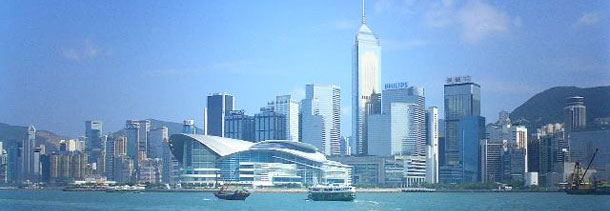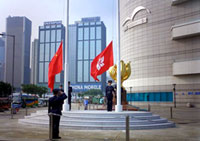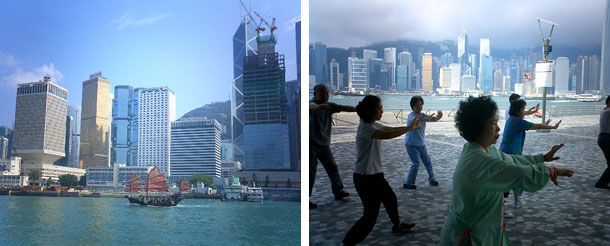The Daily Telegraph - 10 out of 10 for Hong Kong
June 23, 2007
A decade after the handover, the British legacy has been fused with modern China.

It's almost 10 years since that rainy night in June when British and Chinese dignitaries crowded into Hong Kong's Convention Centre and the handover ceremony began. Across the world flashed television images of the departure of Chris Patten, the former British Governor, and his tearful daughters.
The expat civil servants were heading home to London, and the People's Liberation Army marching across the border. Fortune Magazine famously predicted the city's demise with a shock cover story: ''Death of Hong Kong.''
It has been 10 tough years for the former British colony. The Asian financial crisis marked the end of the last millennium, and fear of SARS spread across the region. But despite the doom-sayers, a decade on Hong Kong is still world-class and has lost none of its appeal for tourists. The city, with its futuristic cityscape and can-do attitude, feels as if it is charging forward again.

This month, Fortune toasted the territory with a neon cover of a star-spangled Hong Kong.
The only drawback of a holiday here may be watching everyone else being industrious. Elegant, besuited and trilingual, the workers swarming down Central's elevated walkways can be intimidating if you're heading up the Peak in flip-flops to see the view.
But the slower-paced, antiquated Hong Kong is still here, too, and that may be why this city is so beloved. Turn right off the Mid-levels Escalator (the longest in the world) and you'll find elderly Chinese haggling at market stalls for gnarled ginger root and swimmingly fresh carp. In Victoria Park, locals gather every morning to practise t'ai chi. In the incense-filled Man Mo temple, the panicky pray to their ancestors for good fortune.
Cantonese-style Hong Kong lives on beside the vestiges of British heritage, similarly strong, and echoed in the colonial buildings, stalwart Star Ferry and dogged Peak Tram. Layered upon that history is the latest chapter: spangly modern China with its committed consumerism and yet more vertical construction.

Kowloon, for example, is having a frenzied skyscraper makeover, following the closure of Kai Tak airport in 1998. Up until then, aircraft already had enough high-rises to dodge on their approach, but with the opening of the airport at Chep Lap Kok, the sky above Tsim Sha Tsui was freed up. Ambitious infrastructure projects are underway, including the world's tallest building, as well as waterfront redevelopment and heritage preservation. The latter, albeit limited, is perhaps a sign that Hong Kong is not entirely forgetting its past as it propels itself forward.




